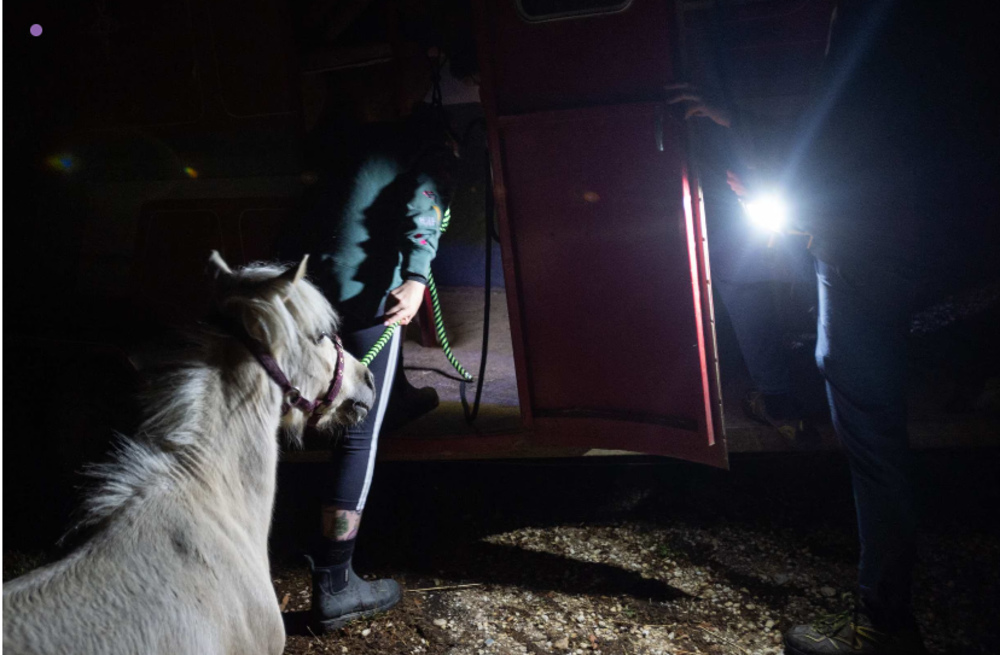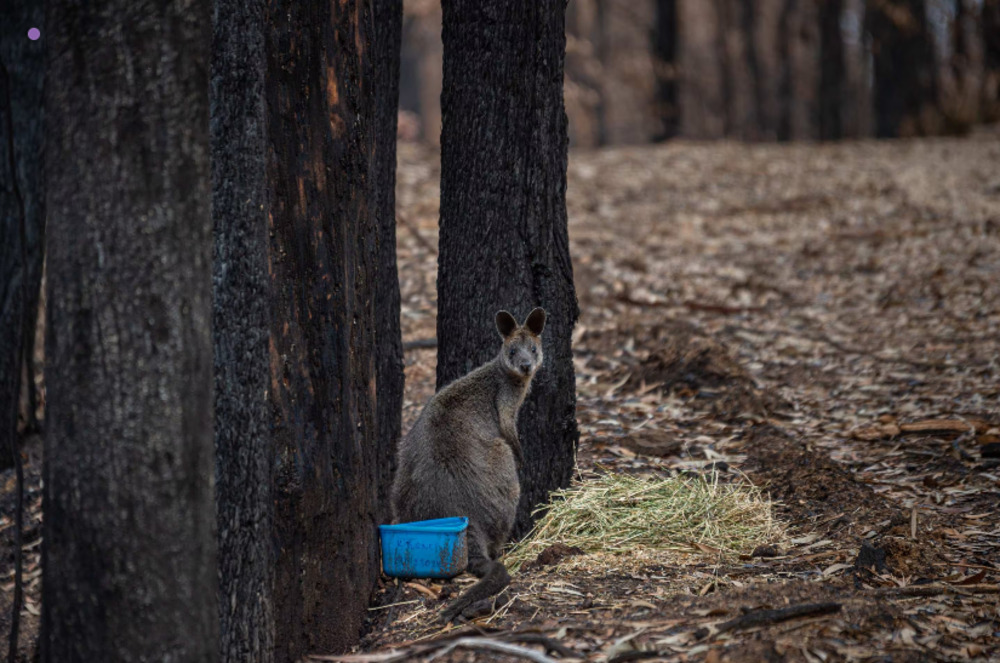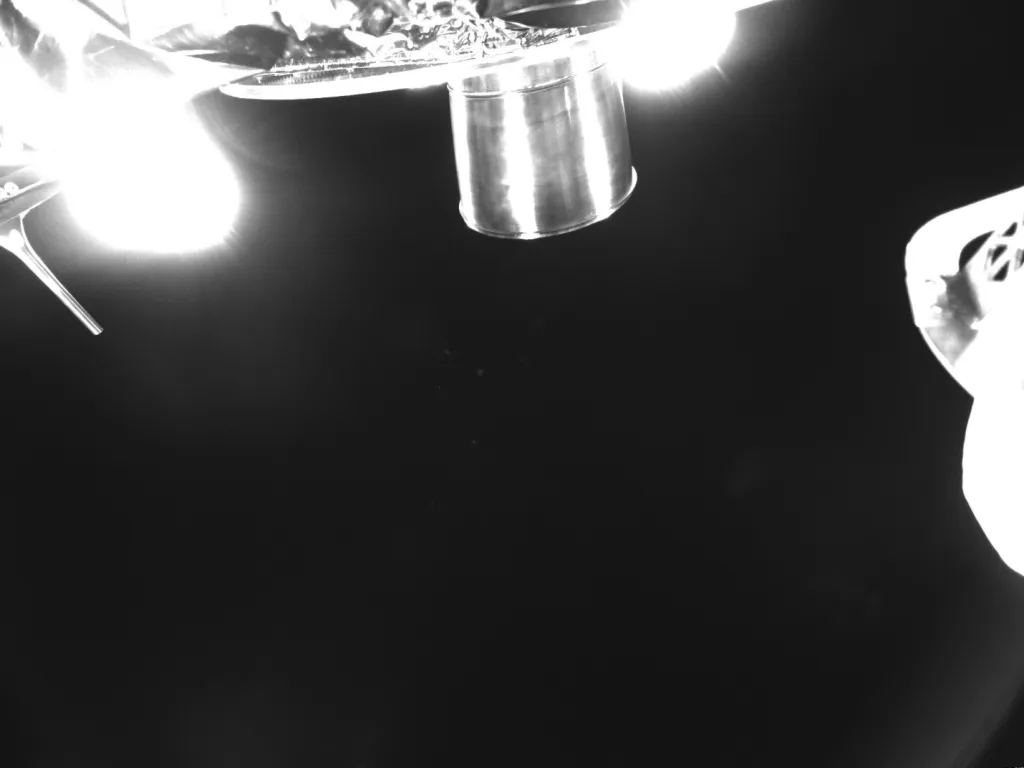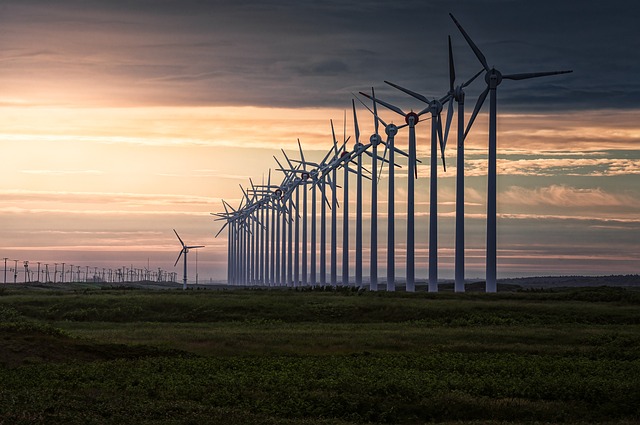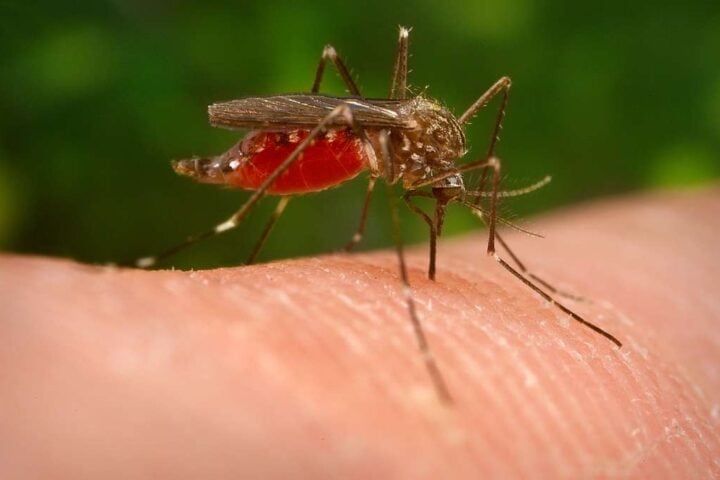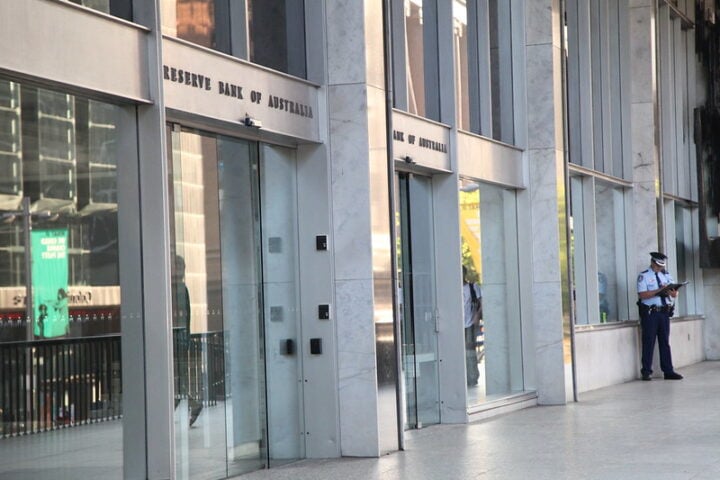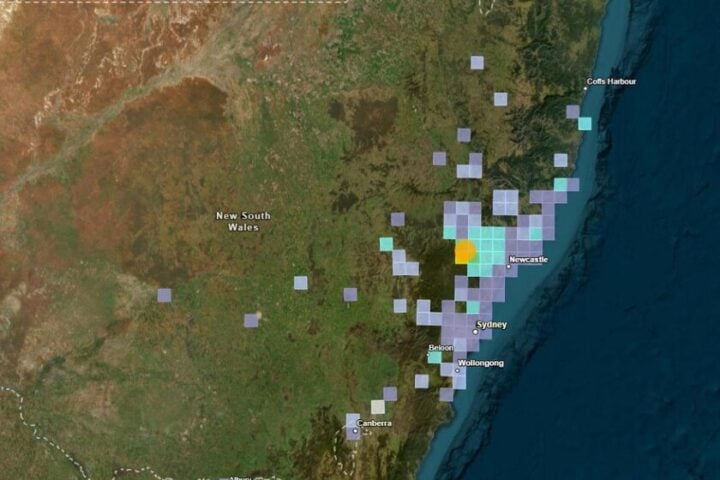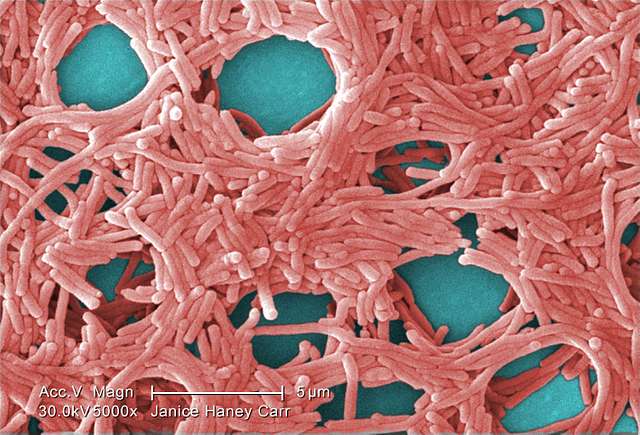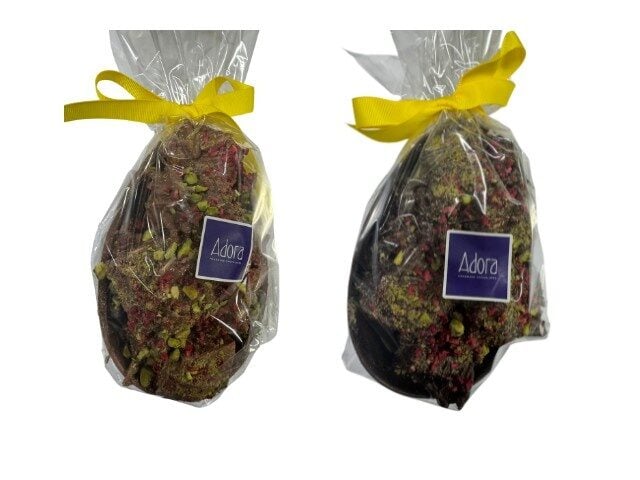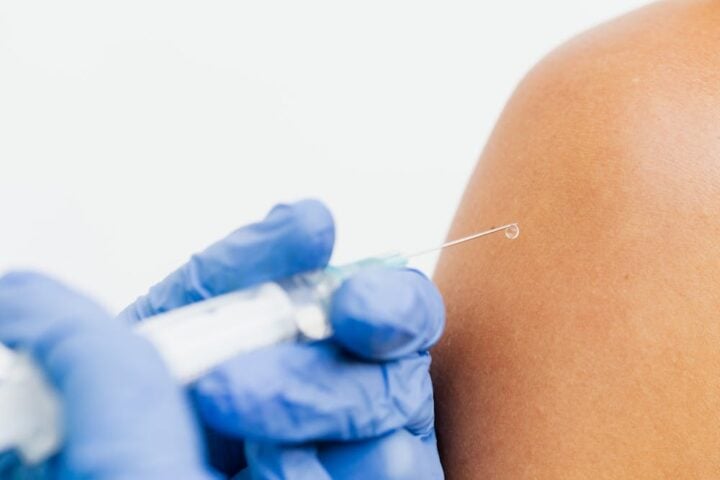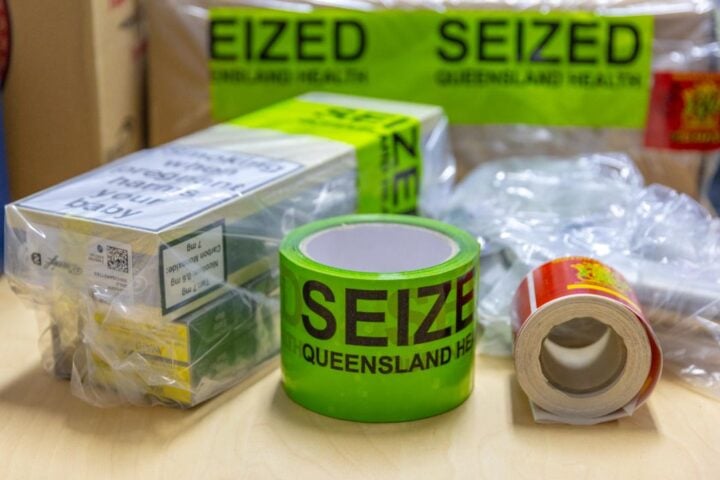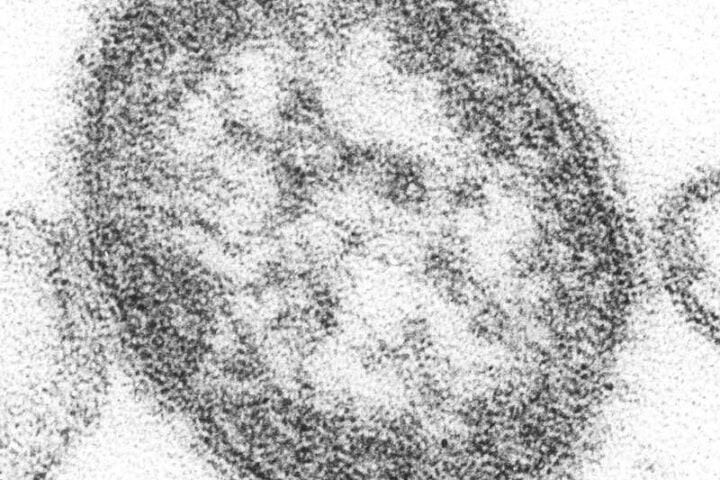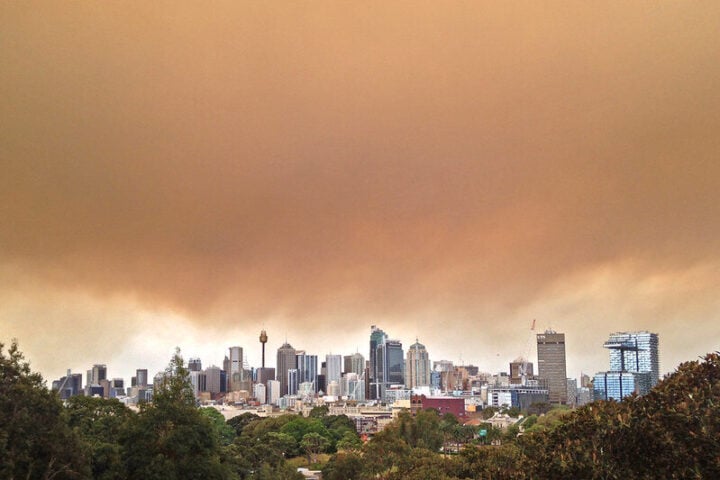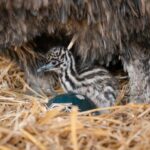The 2019-2020 Australian bushfires showed a major gap in disaster response: while firefighters saved human lives, countless animals were left to fend for themselves. The numbers tell a devastating story – three billion wild animals killed or displaced, with millions more badly hurt. Thousands of pets and farm animals also died or needed to be put down.
Local communities stepped up when official help wasn’t there. “People’s animals are their children,” explains one wildlife carer from the Shoalhaven region. “If you let someone think their animal isn’t safe, they will put themselves in danger to save that animal.”
These volunteer rescuers faced real challenges. Finding information about helping different animals was tough. Horses need different care than small pets. Injured wildlife needs special attention. Basic supplies like food and medicine became expensive during the emergency. Many rescuers spent their own money to help.

The emotional cost was heavy too. “It was like an apocalypse,” recalls a resident from Lake Conjola. “Dead birds dropping from the sky. Kangaroos hopping out of the bush on fire.” Many rescuers still struggle with these memories, as revealed in the research interviews.
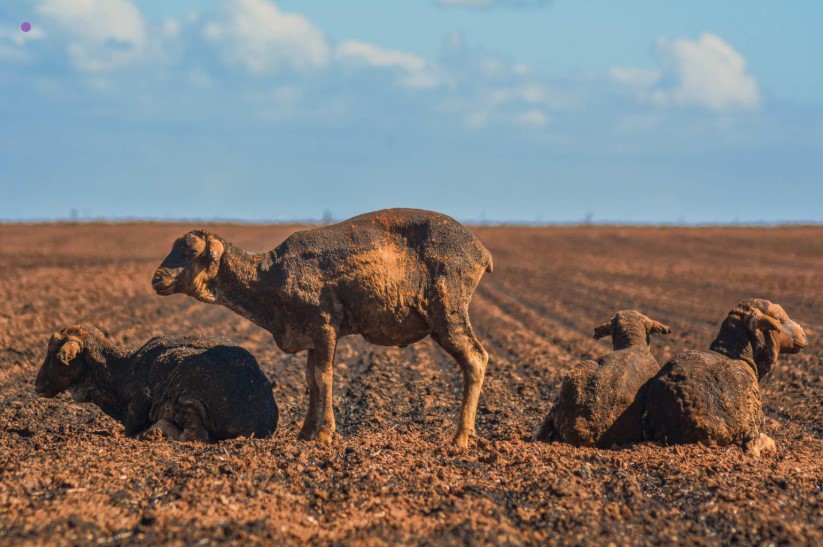
Similar Posts
Professor Danielle Celermajer, who studied these community efforts, points out a key problem: current emergency plans mostly focus on humans. This creates a domino effect – when animals aren’t part of official planning, their carers face more risks and costs. When pet owners worry about their animals, they might make dangerous choices during evacuations.
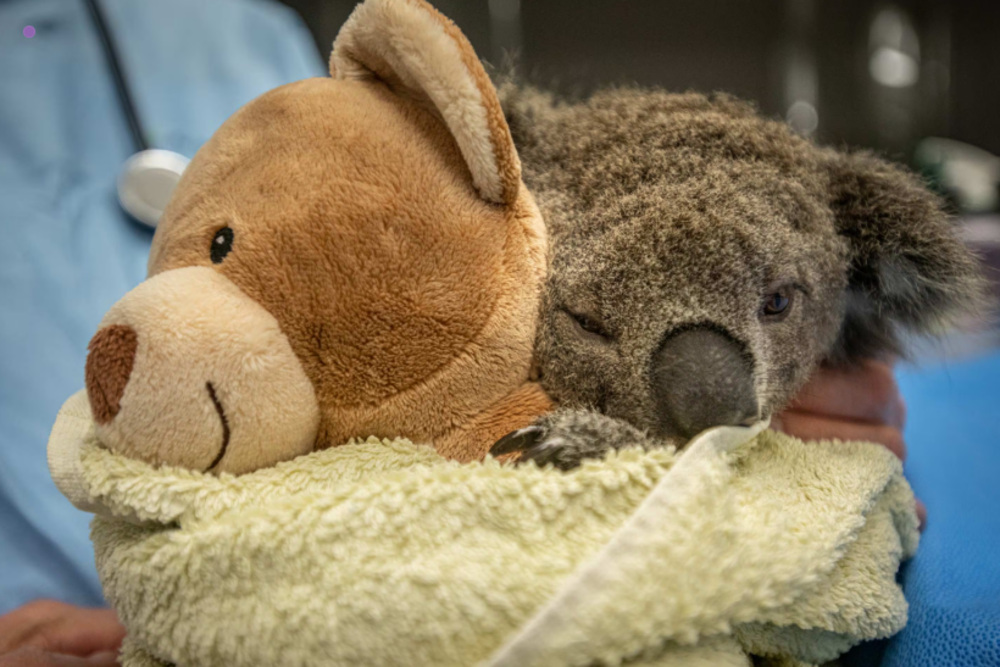

Climate change means more bushfires are coming. The research team has developed a guide for communities and is testing an app to help coordinate animal rescue efforts. These tools aim to better prepare communities for future disasters.
For families with pets, farmers, and wildlife carers, preparation is essential. The research shows that having clear plans and community networks in place could help save both animal and human lives in future disasters.
